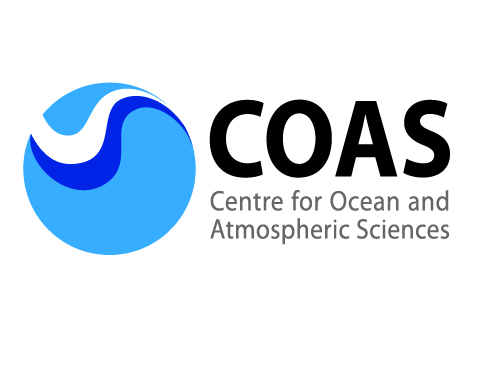The Team
 Prof. Jan Kaiser
Prof. Jan Kaiser
- Professor of Biogeochemistry Centre for Ocean and Atmospheric Sciences, University of East Anglia
- Email: j.kaiser@uea.ac.uk
- Development and implementation of isotope analysis for CERBERUS.
ORCid: 0000-0002-1553-4043
I study global chemical, physical and biological processes in the Earth's atmosphere and oceans, and their variations through time under natural and anthropogenic influences, by integrating fieldwork, laboratory studies and modelling into a coherent framework, often involving the use of stable isotopes.
This approach has been applied to nitrous oxide (N2O), nitrate, oxygen, nitrogen, argon and CO2. I have led studies on the isotopic composition of atmospheric N2O, emphasizing position-dependent 15N/14N isotope ratio measurements and the fate of N2O in stratospheric photolysis and photo-oxidation. I developed analytical methods to accurately measure N2O isotopes in troposphere, stratosphere, polar firn air and ice. This work allowed reconstruction of past changes and demonstrated increasing agricultural influences on atmospheric N2O. In laboratory experiments, I studied temperature- and wavelength-dependent isotope effects in N2O photolysis. I discovered that during photolysis the central nitrogen position always becomes more enriched in 15N than the terminal one, but that during photo-oxidation the opposite position-dependent fractionation occurs. This pattern allowed me to distinguish photolysis and photo-oxidation in the stratosphere.
I am also interested in rare isotope signatures, such as oxygen isotope anomalies (17O-excess, Δ(17O)) and multiply-substituted isotopologues (clumped isotopes) such as 15N15NO. The small 17O-excess of atmospheric N2O motivated me to consider how best to characterise such anomalies. My review of data reduction practices for CO2 isotope measurements revealed systematic uncertainties in global carbon budget calculations.
The N2O work led on to the first online gas chromatography-isotope ratio mass spectrometric method to measure Δ(17O) of nitrate, which drastically reduced sample sizes and enabled seawater analyses. Δ(17O) combined with nitrogen isotope ratios were used to understand the annual cycle of nitrate in coastal Antarctica, uncovering stratospheric influences and re-evaporation from surface snow. Low sample size requirements make this technique suitable for ice core studies of past changes in the atmospheric oxidation capacity.
I have also developed a sea-going membrane inlet mass spectrometer (MIMS). The instrument continuously measures dissolved oxygen, nitrogen, argon and CO2. Oxygen/argon ratios allow separation of physical and biological effects on gas concentrations and provide net community production estimates on unprecedentedly fine scales.
More recent work included studies of N2O and nitrate in marine and terrestrial environments as well as measurements of the chlorine (37Cl/35Cl) and carbon (13C/12C) of volatile organic compounds. As a member of the UEA Glider Group, I have been involved with deployments of oxygen sensors (optodes) on autonomous float (NAB 2008) and glider (GOPINA) platforms, in order to provide vital data on the oceanic carbon cycle and biological productivity estimates in a changing climate.





